some of Rembrandt's self-portraits: (l-r) 1629, 1635 (with his wife, Saskia, depicting a scene from the prodigal son parable), 1640, 1661
photos, WebMuseum
0 Comments
I was super stoked to find this cool retro kitchen storage unit at my local reuse centre. I walked past it a few times, not really noticing its potential until - BAM! - it hit me: this would be perfect for bead storage in my studio. To be specific, seed beads.
I think this plastic contraption was made probably to be a kitchen cupboard organizer for spices, by a company called Kitchen Art. I'm guessing it was made in the 80's. I have my seed beads organized into bottles by colour, plus some additional tubes full of beads. I stacked my bottles o' beads on the tiers of the kitchen organizer and put the tubes of seed beads into the organizer's handy pull-out drawer. Everything fits perfectly and is within easy reach of where I work. Dreamy bead storage. I love it when I find obscure and handy things like this! This post is part of my series about the artisans whose work you'll find in The Mennonite Central Committee's Ten Thousand Villages shops. You can read my original post introducing the series here. Today, let me introduce you to Phontong Handicrafts, an artisan cooperative in Laos. Phontong Handicrafts gives people living in remote villages the opportunity to earn a living without having to leave their homes for larger cities to seek employment. 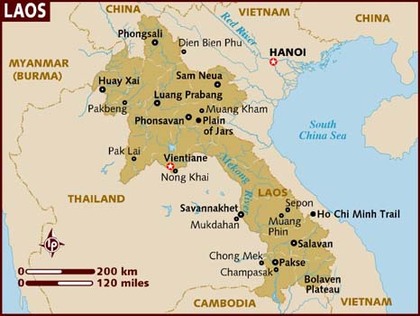 Laos is situated in a part of the world that has been turbulent for several decades. And the country itself has not been insulated from turmoil. From the mid 1950's to mid 1970's, Laos was embroiled in civil war, further complicated by the Cold War and the war in neighbouring Vietnam spilling over Laotian borders. A tense stability ensued when a Communist government took power in 1975. By this time, many Laotians had been displaced from their communities to settlements near larger cities, and employment was difficult to find. These circumstances drove a woman named Kommaly Chantavong to action. As a child, Kommaly had fled from northern Laos to the settlement village, Phontong, near the city Vientang. As an adult during the time of transition as the Communist party took power, she and countless others had difficulty finding work. Kommaly knew that, like her, many women displaced from northern Laos had learned traditional weaving techniques from their mothers and grandmothers: these skills could provide a source of income. In 1975, she gathered a group of 10 women, and together they formed "The Phontong Weavers". 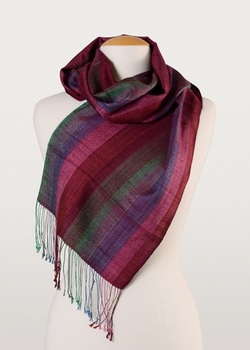 photo, Ten Thousand Villages photo, Ten Thousand Villages The women began by selling their creations at a local market. In 1977, their beautiful work caught the government's eye, and The Phontong Weavers were commissioned to weave the ribbons needed for army and police uniforms. The extra business allowed the women to expand their group to be a cooperative representing other villages around Vientang. In 1985, the weavers applied to the government to become a recognized cooperative, registering as "The Phontong Handicraft Cooperative". The government sold raw materials and dyes to Phontong Handicrafts and then purchased the cooperative's products for resale in the government store and export to Eastern Block countries.  photo, Ten Thousand Villages photo, Ten Thousand Villages It wasn't long before changes in the world would once again result in changes for Laos. With the dissolution of the Soviet Union and the resulting global economic shifts, trade arrangements changed for Laotian cooperatives. The country's Communist government gradually decentralized economic control and encouraged private enterprise, which entailed that cooperatives would oversee their own transactions. As ever, Phontong Handicrafts was proactive, and established trade arrangements with two fair trade NGO's, including Ten Thousand Villages. Today, Phontong Handicrafts represents over 450 artisans in 35 villages, and now includes wood carvers in addition to fabric and basket weavers. 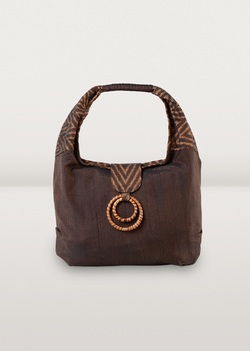 photo, Ten Thousand Villages photo, Ten Thousand Villages What inspires me about this story is that Phontong Handicrafts has survived - and even grown - through times of great change. They approach their business with the dignity they encourage in their artisans. And their role in Laos remains critical. Subsistence agriculture accounts for 80% of the employment in Laos, when only 4% of the country's land is arable. In this precarious economic reality, Phontong Handicrafts promotes some sustainable employment opportunities while fostering longstanding creative traditions. Thanks to them - and Ten Thousand Villages, of course - people around the world can enjoy beautiful art forms that have been taught in Laotian villages for centuries. |
Details
Jane Hogeterp Koopman
Subscribe to Jane's Blog by RSS or email:
Categories
All
Archives
January 2018
Stuff I love:
|
Proudly powered by Weebly

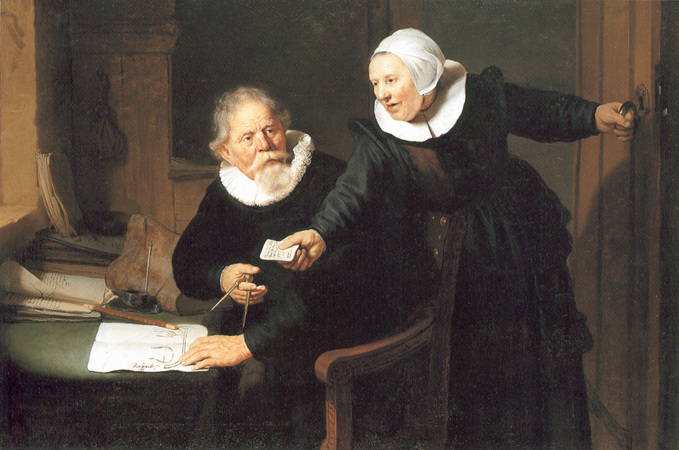
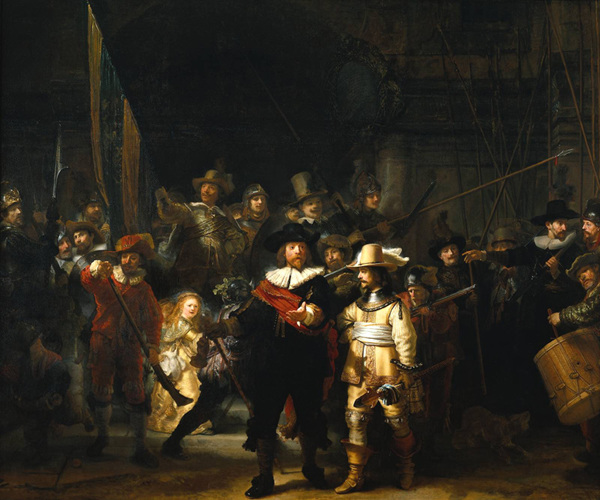






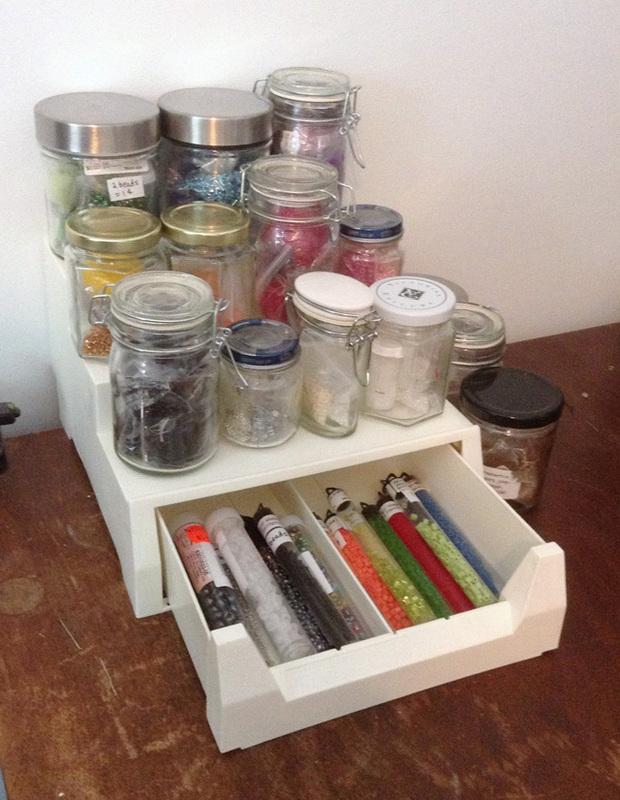
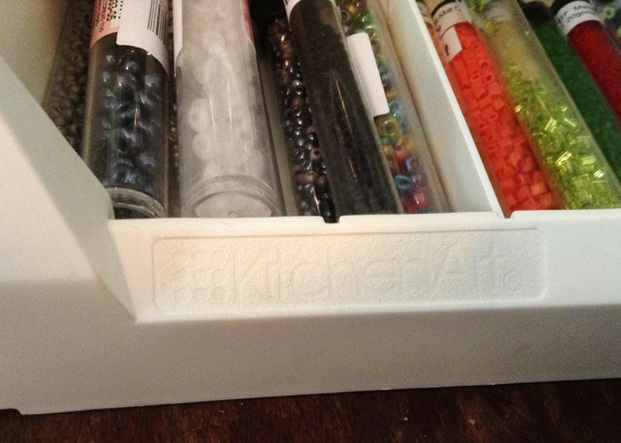

 RSS Feed
RSS Feed